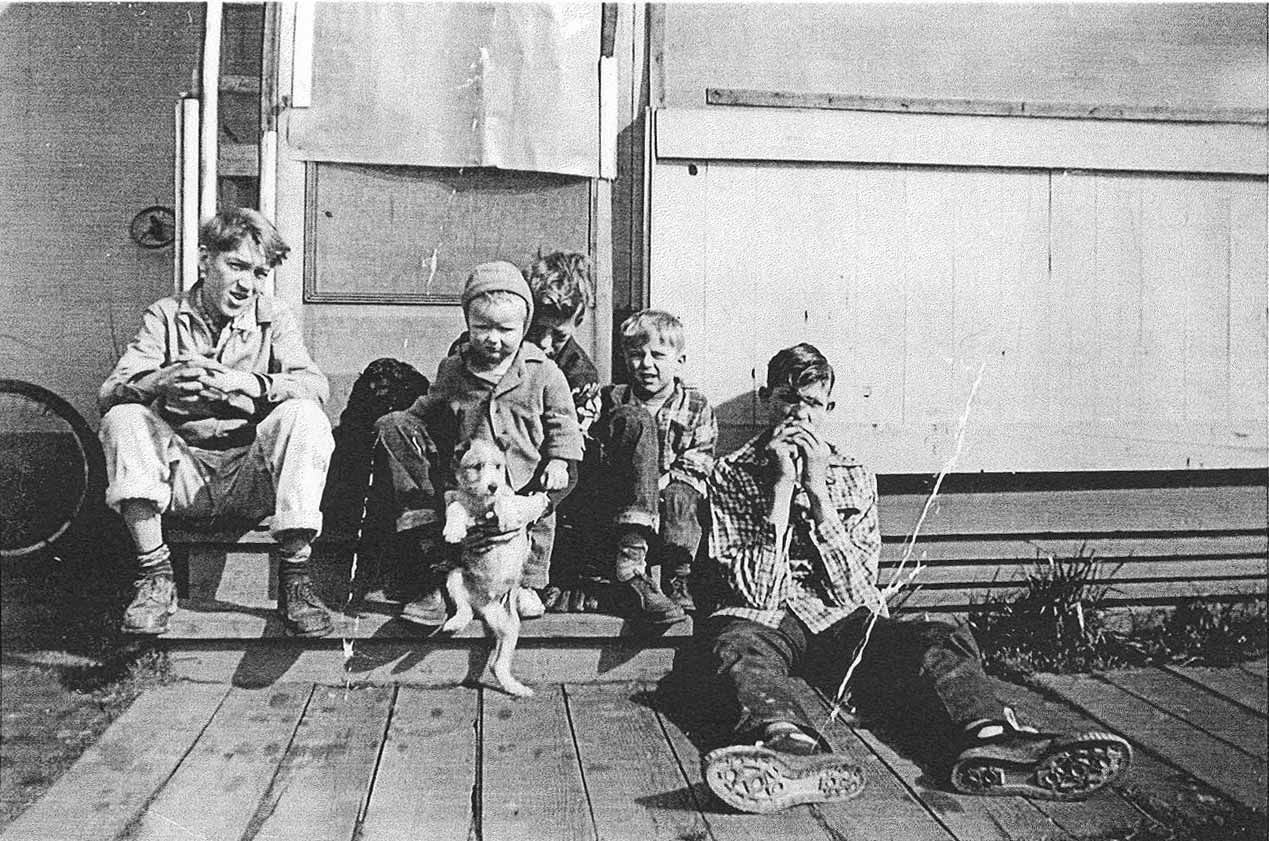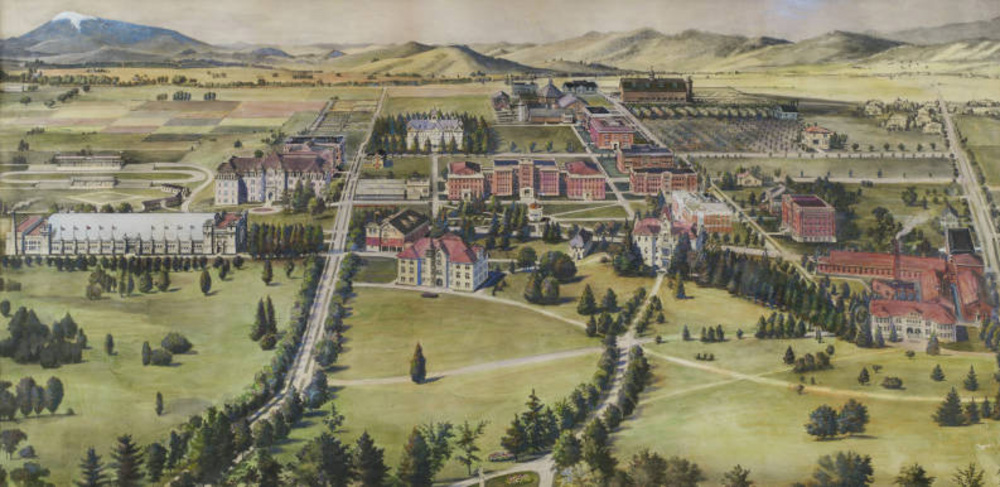When Harvey Wade “Swede” Halbrook stepped on the basketball court at Oregon State College (now Oregon State University) in 1953, the seven-foot-three athlete attracted instant national attention as the world’s tallest basketball player. During his two years at OSC, the team had a 41-18 record. He remains the all-time, single-season leader in both free throws attempted (328) and rebounds in a game (36). He was twice named All-American.
Halbrook was born on January 30, 1933. Moving from Arkansas to Oregon when he was a teenager, he enrolled at Portland’s Lincoln High School, where he played basketball. Over three varsity seasons, from 1949 to 1952, he scored 1,747 points, 1,035 of them as a senior, when he averaged 38.3 points a game. On February 22, 1952, he put down 71 points against Roosevelt High to break the state record. At the 1952 state championship tournament, Halbrook set a tournament record for field goals made in a single game that still stands, 24 for 36.
When Halbrook enrolled at Oregon State College in Corvallis, the basketball team became an immediate contender for a national title. Its moment came in the championship of the NCAA Western Regionals in Corvallis on March 12, 1955. The match-up featured the number-one-ranked University of San Francisco Dons and its future National Basketball Association Hall of Fame center Bill Russell versus Halbrook and the Beavers. Ranked number eight, OSC had just won the Pacific Coast Conference championship with a 15-1 record. The winner of the Dons-Beavers game would advance to the Final Four in Kansas City. The outcome came down to a final shot. With seven seconds remaining, OSC’s Ron Robins let one fly from his favorite spot on the floor. A packed Gill Coliseum watched it clang off the rim, a half-inch short of immortality.
For all the acclaim Halbrook brought to Beaver basketball, it came with a price. The young player's enigmatic personality never fared well with OSC Head Coach Amory T. “Slats” Gill, a strict disciplinarian who required a good deal from his players both on and off the court. Disappearing for days at a time, Halbrook would often return to school disheveled, confused, and unwilling to say where he had been. The February 14, 1955, Sports Illustrated reported that "a faculty member remarked, 'None of us could ever recall having seen Wade smile...whether it was on the floor, on the campus, in the coffee shop or downtown. Life seems to be a pretty grim business with him.'" After two stressful years, Gill gave his star player an ultimatum: stop skipping classes and promise to conform to the rules or say goodbye to his senior season. Halbrook said goodbye.
Halbrook signed with the Wichita Vickers in 1956 and stayed five seasons, leading them to an Amateur Athletic Union title in 1959. In 1960–1961, he played 79 games for the Syracuse Nationals of the National Basketball Association. The team finished third that year and made the playoffs.
In 1963, Halbrook’s playng days ended for many of the same reasons Gill had asked him to leave OSC. Moving back to Portland, he spent the rest of his life working as a roofer, bartender, day laborer, and security guard. He was always considered a “nice guy,” but he was a loner.
Halbrook died on April 5, 1988, from a heart attack suffered on a Portland Tri-Met bus. He was fifty-five years old. He was survived by his mother Vivian, three brothers, and four children.
-
![Young Swede Halbrook (r) and friends at Guild's Lake Courts, Portland, mid-1940s.]()
Halbrook, Swede, at Guilds Lake Courts.
Young Swede Halbrook (r) and friends at Guild's Lake Courts, Portland, mid-1940s. Courtesy Beverly Braaten
Related Entries
Map This on the Oregon History WayFinder
The Oregon History Wayfinder is an interactive map that identifies significant places, people, and events in Oregon history.
Further Reading
“Life Proved Tough Game for the Giant.” The Oregonian, April 8, 1988.
Ball, Scott. “The World Was Too Small for Him.” The Oregon Stater. Corvallis: OSU Alumni Association, June 1988, p. 17.




